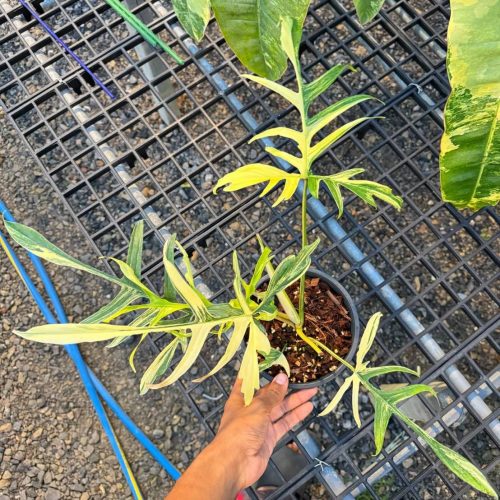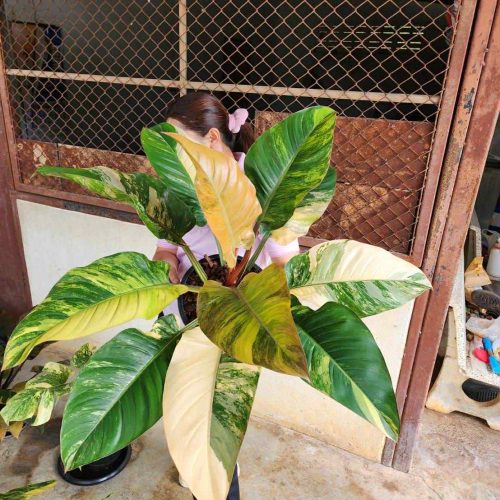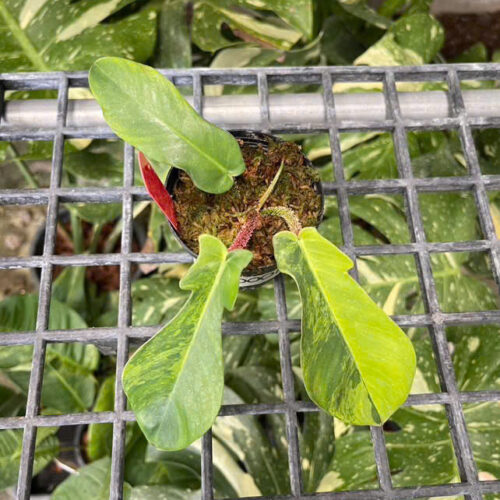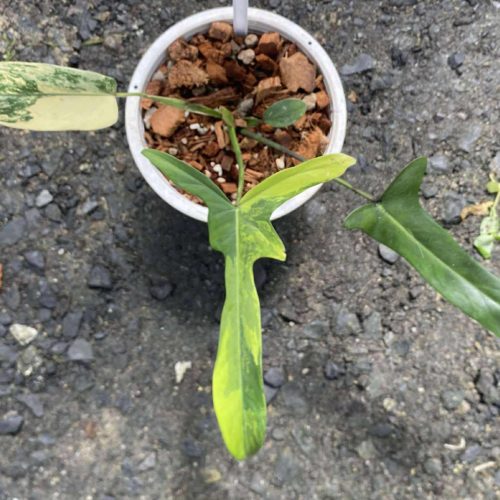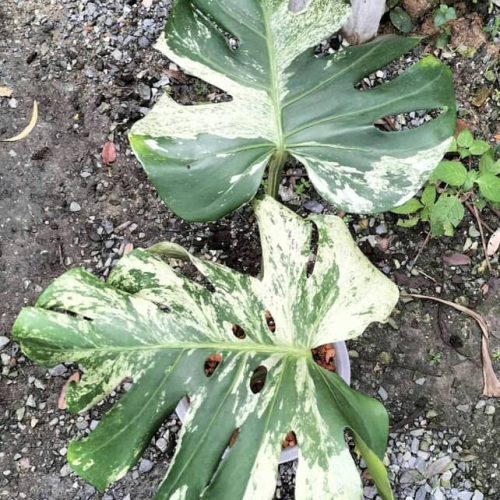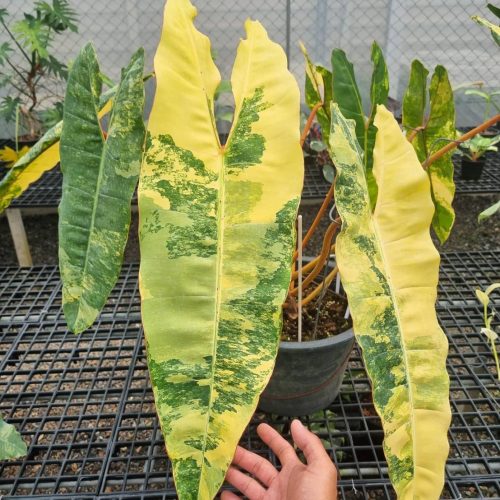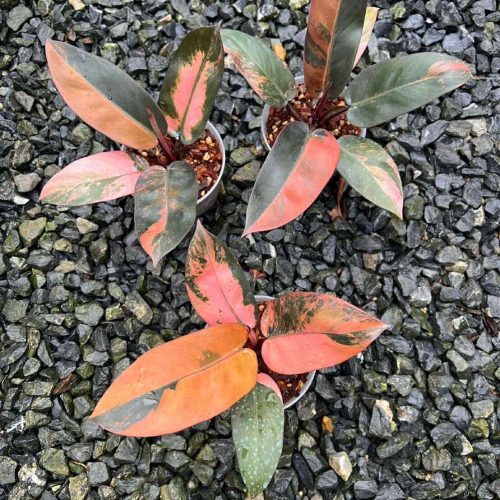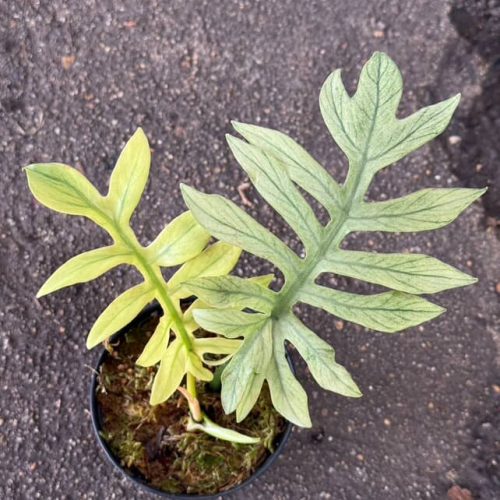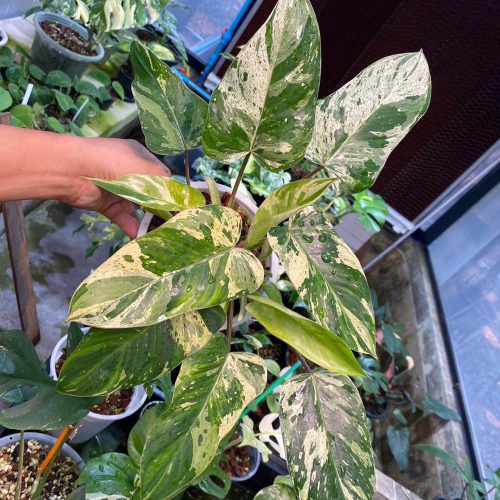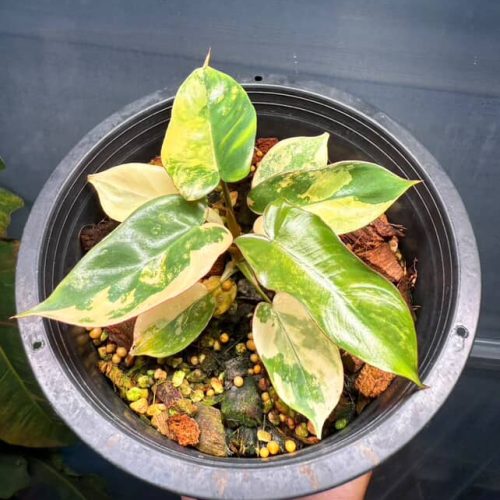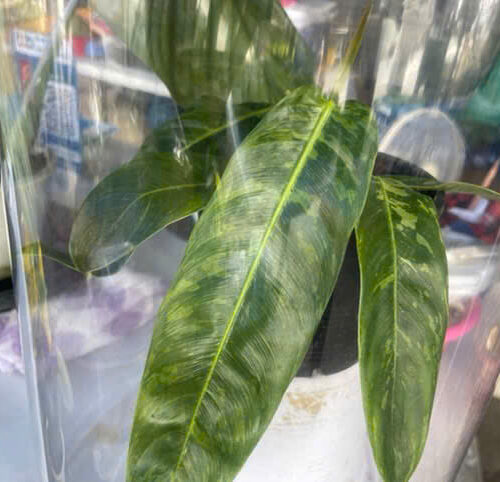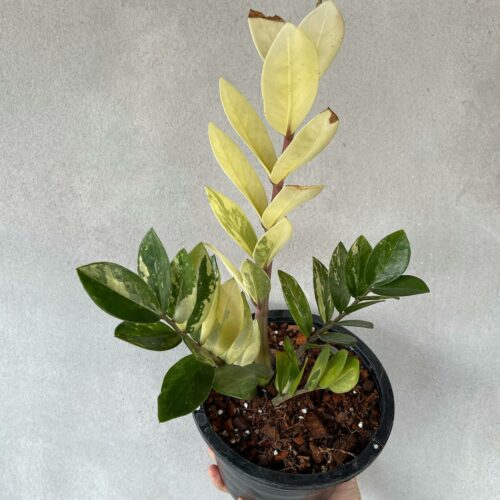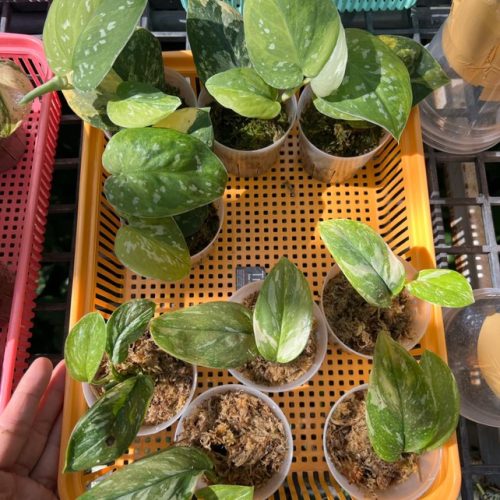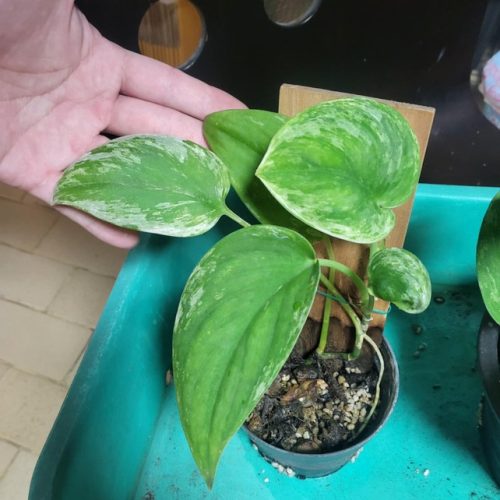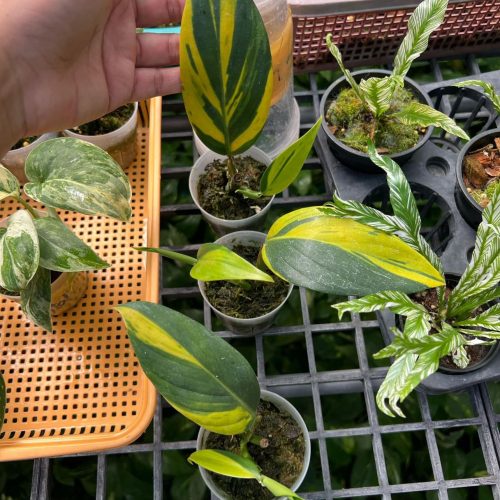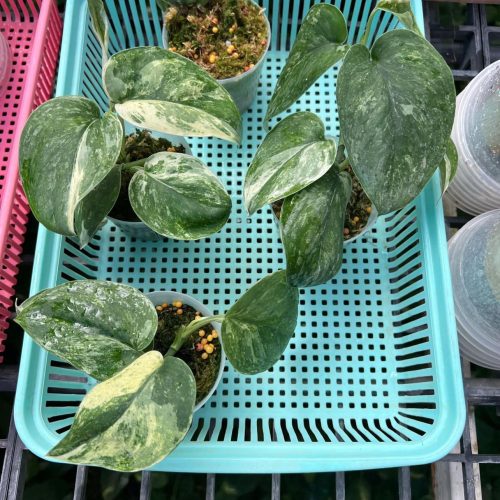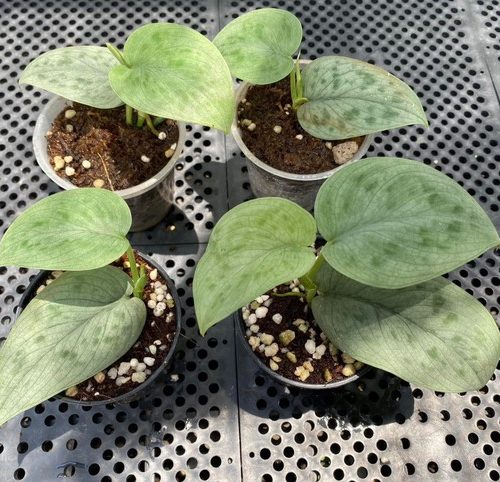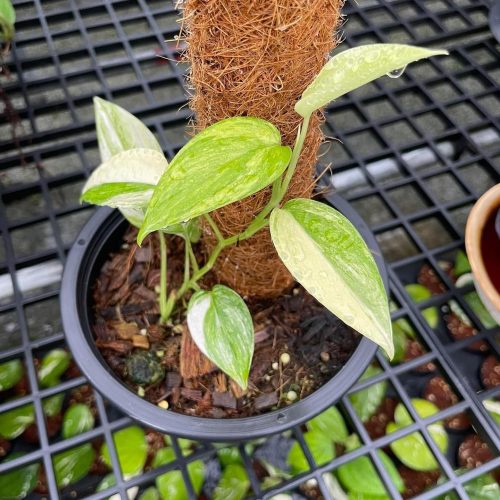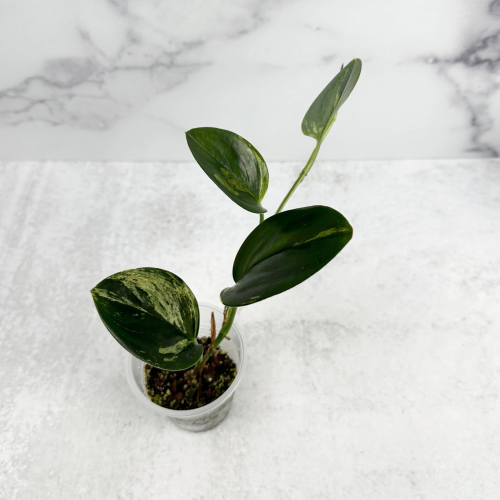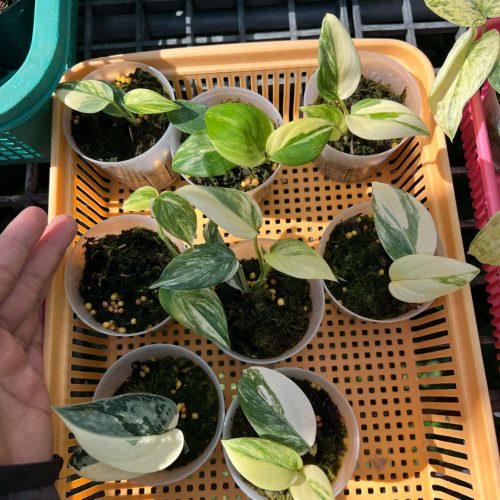Swiss cheese plants, also known as Monstera deliciosa, are a popular choice for houseplants due to their unique, attractive leaves and low maintenance requirements. These plants are native to the tropical rainforests of Central and South America, where they grow as vines that climb up trees. In cultivation, Swiss cheese plants can be grown as indoor plants, or as outdoor plants in warm, humid climates.
One aspect of Swiss cheese plant care that many people are interested in is encouraging bushy growth. A bushy Swiss cheese plant has a fuller appearance, with more leaves for photosynthesis, which is essential for the plant’s overall health and vitality. In this article, we’ll provide you with five tips for encouraging bushy growth in your Swiss cheese plant.
Tip #1: Provide Adequate Light
Light is essential for plant growth, and Swiss cheese plants are no exception. In their natural habitat, these plants grow in the understory of the rainforest, where they receive dappled light but are protected from direct sunlight. When grown as indoor plants, it’s important to provide your Swiss cheese plant with bright, indirect light. A south- or east-facing window is usually a good choice, as these locations provide plenty of light without direct sun exposure.
Red Stag Casino is an exciting online gambling destination that offers a wide variety of games and appealing promotions for players worldwide. Launched in 2015, this casino is known for its vibrant design and user-friendly interface, which makes it easy for both new and experienced players to navigate. One of the standout features of Red Stag Casino is its diverse selection of games, including classic slots, video slots, table games, and live dealer options. Players can enjoy an immersive gaming experience with high-quality graphics and engaging gameplay.
In addition to the extensive game library, Red Stag Casino frequently runs promotions and bonuses to keep players engaged. Whether it’s a generous welcome package for new users or regular incentives for loyal players, there is always something appealing on offer. For those interested in exploring everything this thriving casino has to provide, visit their website at https://custom-soft.com/. With a strong reputation for customer support and security, Red Stag Casino makes for a trustworthy choice for online gaming enthusiasts.
If you don’t have a suitable window, you can also provide your Swiss cheese plant with artificial light using grow lights. These lights are specifically designed to provide the spectrum of light that plants need for photosynthesis. When using grow lights, it’s important to follow the manufacturer’s recommendations for the distance between the light and the plant, as well as the duration of light exposure.
One potential challenge with lighting is that Swiss cheese plants can be sensitive to changes in lighting conditions. If you move your plant to a new location, it’s important to acclimate it gradually to avoid shock. To do this, start by placing the plant in a spot that receives less light than its previous location, and gradually move it to the desired location over the course of a week or two.
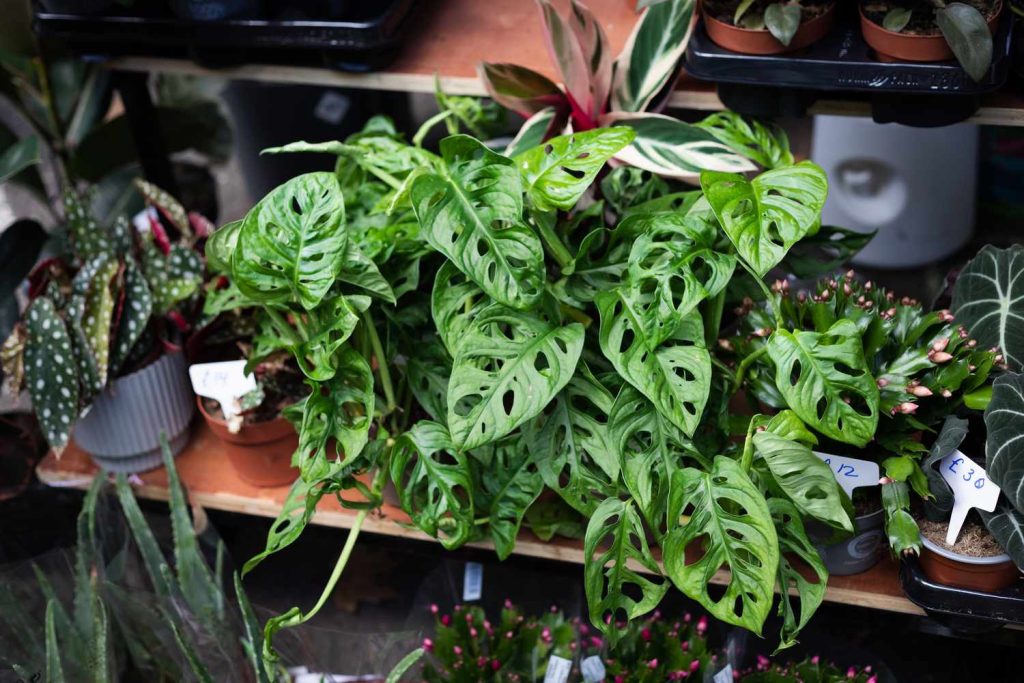
“For more comprehensive advice on providing the right light conditions for your Swiss cheese plant, you might want to check out our detailed guide on Monstera care.”
Monstera species are the most sought after by aroid plant lovers
Tip #2: Water Regularly and Properly
Water is another essential element for plant growth, and it’s important to water your Swiss cheese plant regularly to keep the soil moist but not waterlogged. The frequency of watering will depend on a variety of factors, including the size of the plant, the type of soil, and the humidity and temperature of the environment. In general, Swiss cheese plants prefer evenly moist soil, with a slight drying out between waterings.
To determine when to water your Swiss cheese plant, check the soil moisture level by sticking your finger about an inch into the soil. If the soil feels dry at that depth, it’s time to water. If the soil feels moist, hold off on watering for a few more days.
When watering your Swiss cheese plant, it’s important to use room temperature water, as cold water can shock the plant’s roots. It’s also a good idea to water the plant from the bottom up, using a tray or saucer to hold the plant and water. This allows the water to be absorbed slowly and evenly, rather than running off the surface of the soil.
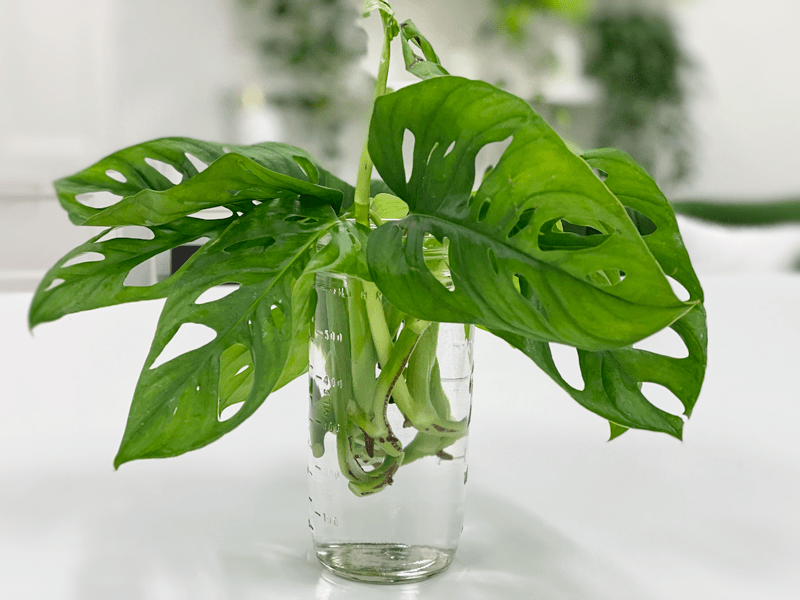
Enhance your indoor garden with other vibrant options like Philodendron and Aglaonema, which also thrive in similar watering conditions.
Tip #3: Fertilize Regularly
Fertilizers provide plants with the nutrients they need to grow and thrive. Swiss cheese plants are heavy feeders, meaning they benefit from regular fertilization. The best type of fertilizer for Swiss cheese plants is a balanced, all-purpose fertilizer with a ratio of equal parts nitrogen, phosphorus, and potassium (NPK). Look for a fertilizer with an NPK ratio of 20-20-20, or something similar.
When it comes to frequency, it’s best to fertilize your Swiss cheese plant every two to four weeks during the growing season, which is typically spring through fall. During the winter months, when the plant is dormant, you can reduce the frequency of fertilization or skip it altogether.
One potential challenge with fertilization is overfertilization, which can lead to leaf burn and other problems. To avoid this, it’s important to follow the manufacturer’s recommendations for the amount of fertilizer to use, and to water the soil thoroughly after fertilizing to help dilute the nutrients.

Discover more unique plants like ZZ Plant and Sansevieria that also benefit from regular fertilization.
Tip #4: Prune Regularly
Pruning is an important aspect of plant care, as it helps to remove dead or damaged leaves, encourage new growth, and maintain the plant’s shape. To prune your Swiss cheese plant, use a pair of clean, sharp scissors or pruning shears to remove any yellow, brown, or damaged leaves. You can also cut off any stems that are leggy or thin, as these are unlikely to produce new growth.
When pruning your Swiss cheese plant, it’s important to make clean cuts, as ragged cuts can leave the plant vulnerable to infection. It’s also a good idea to sterilize your pruning tools before and after use to prevent the spread of disease.
One potential challenge with pruning is overpruning, which can lead to bare patches and reduced leaf production. To avoid this, only remove a small number of leaves at a time, and be careful not to prune too aggressively.
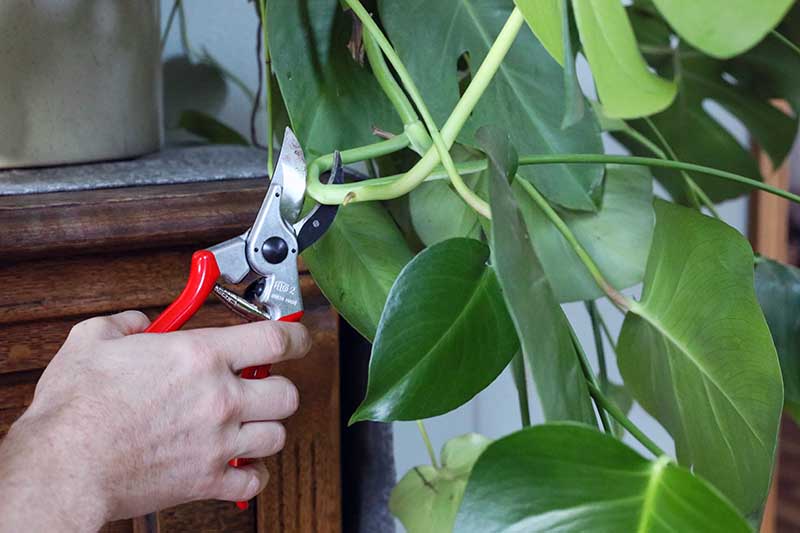
“Regular pruning not only encourages bushy growth but also helps in maintaining the health of your plant. Learn more about pruning and other care practices in our guide on how to heal Monstera.”
Tip #5: Repot in a Larger Container
As your Swiss cheese plant grows, it may outgrow its current container. When this happens, it’s time to repot the plant in a larger container. Repotting provides the plant with more space for its roots to grow, as well as fresh, nutrient-rich soil.
The best time to repot a Swiss cheese plant is in the spring, when the plant is just beginning to emerge from its dormant period. To repot the plant, gently remove it from its current container, taking care not to damage the roots. Trim off any damaged or overgrown roots, and place the plant in a new container that is a few inches larger in diameter than the previous one. Fill the container with a well-draining potting soil mix, and water the plant thoroughly.
When repotting your Swiss cheese plant, it’s important to choose a container that has drainage holes to prevent waterlogging. It’s also a good idea to use a potting soil mix that is specifically formulated for indoor plants, as these mixes are usually lighter and more porous than outdoor soil mixes.

For more advice on maintaining a diverse plant collection, consider adding Homalomena and Scindapsus to your indoor garden.
Conclusion
By following these five tips for encouraging bushy growth in your Swiss cheese plant, you can help your plant thrive and flourish. Providing adequate light, watering regularly and properly, fertilizing regularly, pruning regularly, and repotting in a larger container are all key to keeping your Swiss cheese plant healthy and happy. With a little care and attention, you’ll be rewarded with a beautiful, bushy plant that will add a touch of greenery to your home.






![12x Monstera Borsigiana Albo half leaves variegata [3-4 leaves]](https://greenboog.com/wp-content/uploads/2024/10/Monstera-Borsigiana-Albo-half-leaves-variegata-1-500x500.jpg)


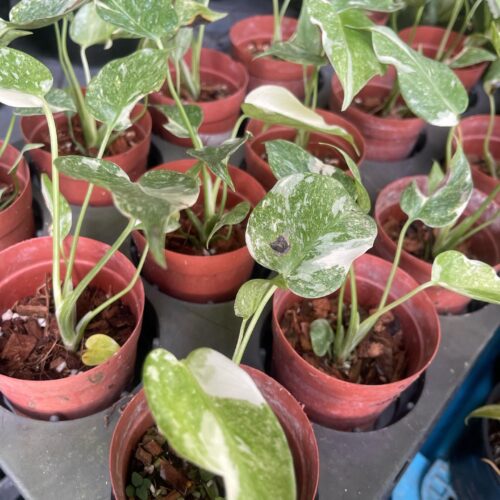




![10 Pots x Monstera Aurea Variegated / Mix Aurea tri color 3-4 leaves [well variegated]](https://greenboog.com/wp-content/uploads/2024/08/Monstera-Aurea-Tri-color-500x500.jpg)


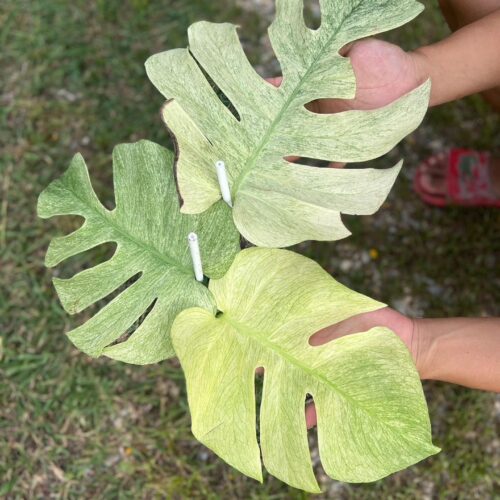
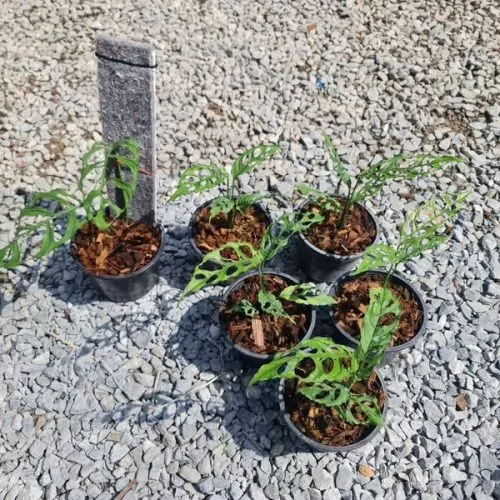
![[SALE] 10 Pots x Monstera Aurea Variegated 3-6 leaves [Medium size]](https://greenboog.com/wp-content/uploads/2025/01/Monstera-Aurea-variegated-4-6-leafs-500x482.jpg)




